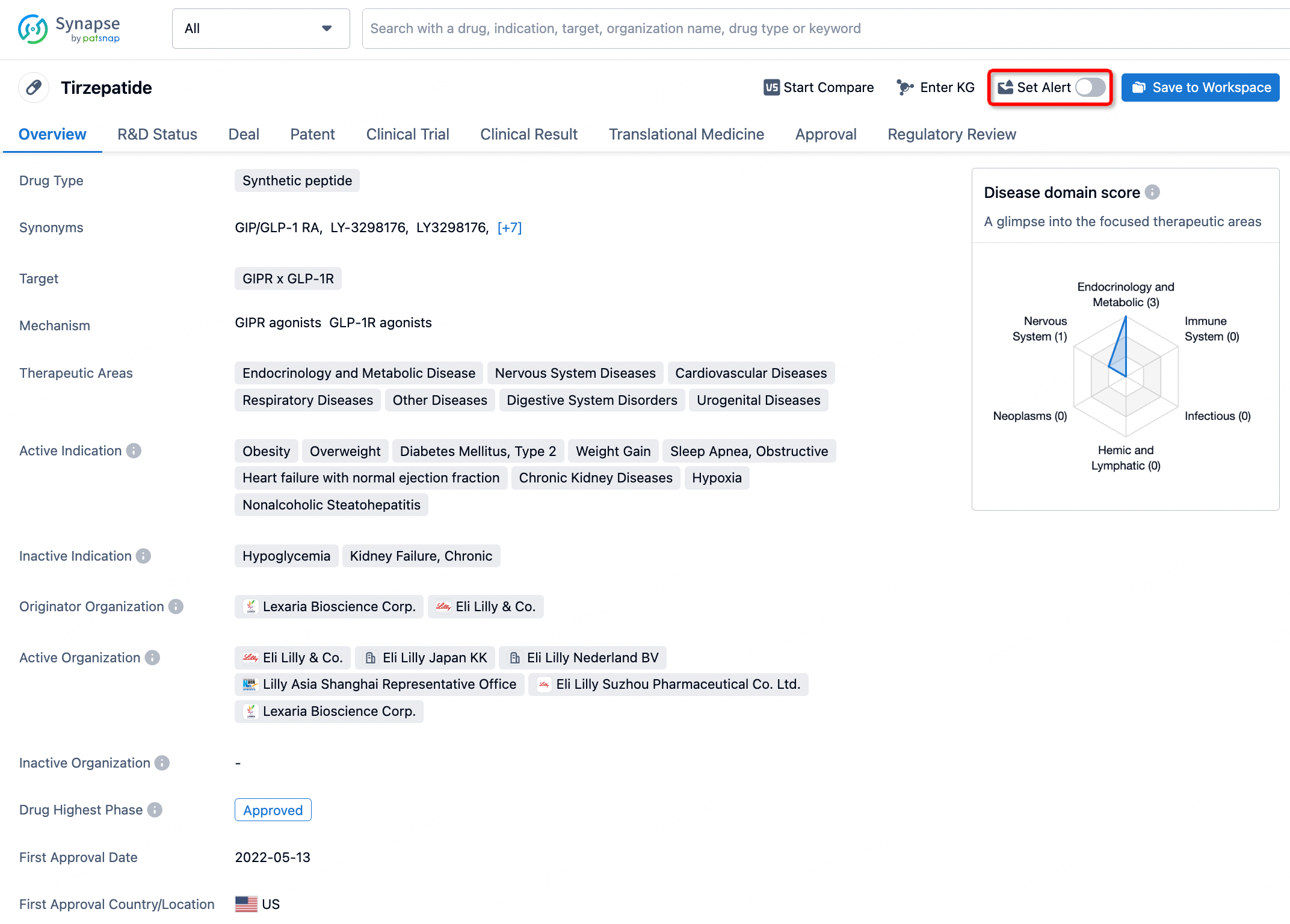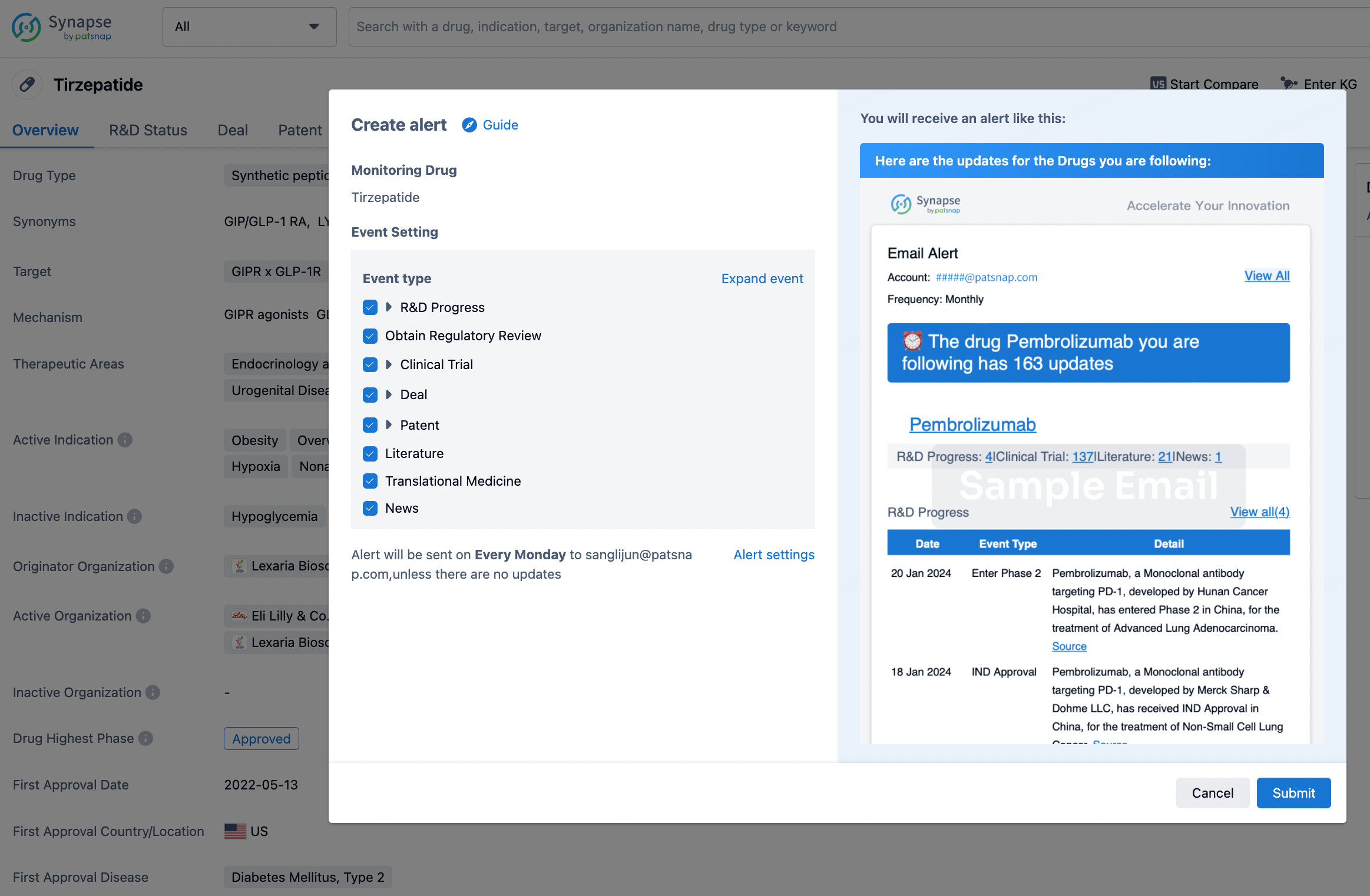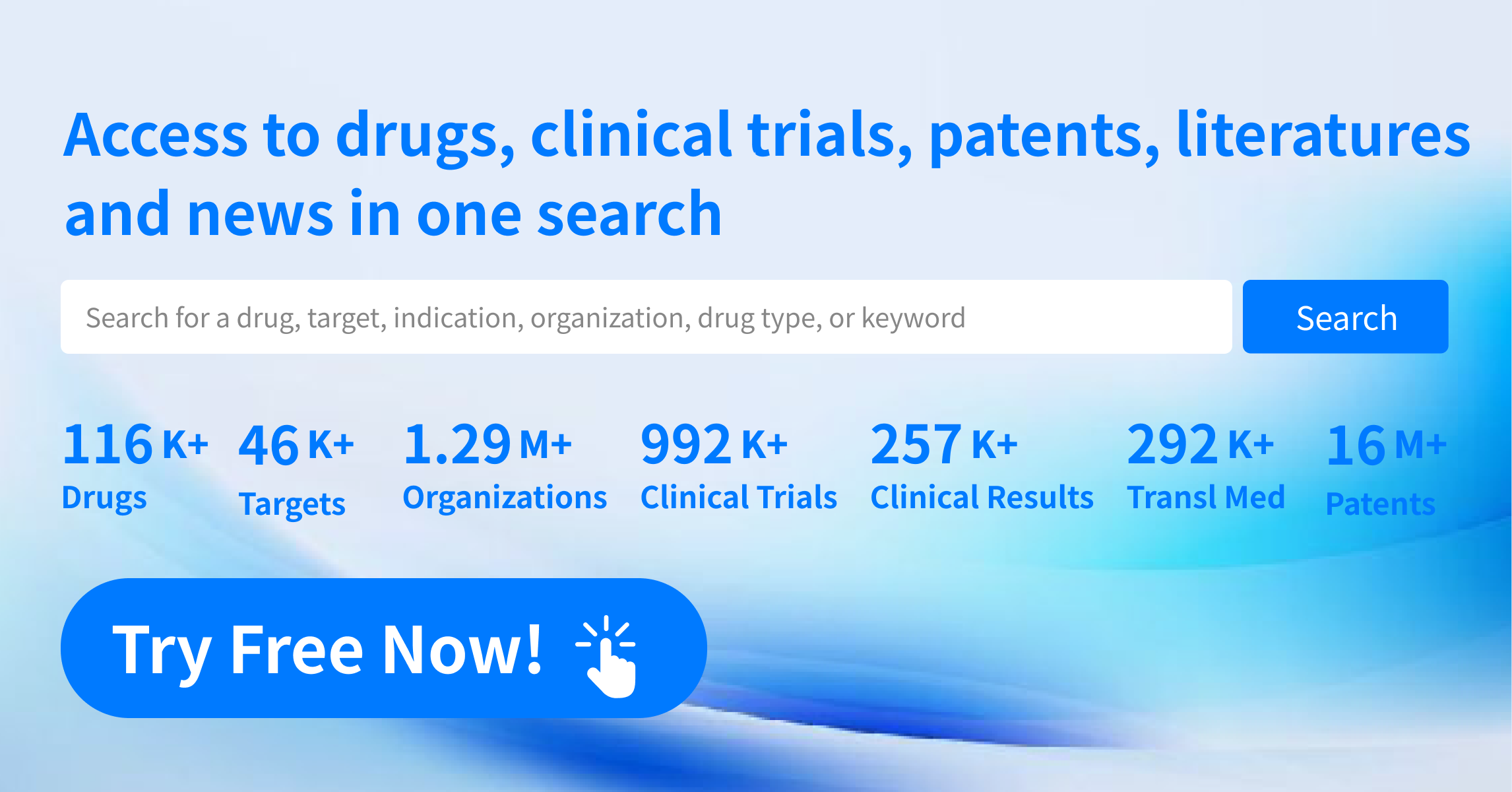Request Demo
What is the mechanism of Xibornol?
18 July 2024
Xibornol, a synthetic antibiotic, has garnered attention in recent years due to its efficacy in combating respiratory tract infections. Understanding its mechanism of action is essential for medical professionals and patients alike, as it sheds light on how this drug operates at a molecular level to eradicate pathogens. This blog delves into the intricate workings of Xibornol, providing a comprehensive overview of its mechanism.
At the core of Xibornol's effectiveness is its ability to disrupt bacterial cell wall synthesis. The bacterial cell wall is a crucial structure that maintains the integrity and shape of bacterial cells. It is composed primarily of peptidoglycan, a polymer that provides mechanical strength. Xibornol targets enzymes known as penicillin-binding proteins (PBPs) that are pivotal in the cross-linking process of peptidoglycan strands. By binding to these PBPs, Xibornol inhibits their activity, leading to weakened cell walls that are unable to withstand osmotic pressure. Consequently, bacterial cells undergo lysis, effectively resulting in their death.
Furthermore, Xibornol exhibits bactericidal properties, which means it not only inhibits bacterial growth but also actively kills the bacteria. This is particularly important in treating infections, as it ensures a rapid reduction in bacterial load, thereby alleviating symptoms and preventing the spread of infection. The bactericidal action of Xibornol is especially pronounced against Gram-positive bacteria, including Streptococcus pneumoniae and Staphylococcus aureus, which are common culprits in respiratory tract infections.
An additional layer of Xibornol's mechanism involves its anti-inflammatory properties. Inflammation is a natural response of the body to infection, but excessive inflammation can cause tissue damage and exacerbate symptoms. Xibornol has been shown to modulate the release of pro-inflammatory cytokines, thereby reducing inflammation. This dual action—antibacterial and anti-inflammatory—makes Xibornol particularly effective in managing respiratory tract infections, where inflammation of the mucosal lining can cause significant discomfort.
Xibornol also has a favorable pharmacokinetic profile, which enhances its therapeutic efficacy. It exhibits good absorption and distribution in respiratory tissues, ensuring that effective concentrations of the drug reach the site of infection. Additionally, Xibornol has a relatively long half-life, which allows for less frequent dosing, improving patient compliance.
Resistance to antibiotics is a growing concern in the medical community. However, Xibornol has shown a lower propensity for inducing resistance compared to some other antibiotics. This is partly due to its unique mechanism of inhibiting PBPs and its ability to evade common resistance mechanisms employed by bacteria, such as beta-lactamase production.
In summary, Xibornol operates through a multifaceted mechanism that includes the inhibition of bacterial cell wall synthesis, bactericidal activity, and anti-inflammatory effects. Its favorable pharmacokinetic properties and lower tendency to induce resistance further enhance its utility in treating respiratory tract infections. Understanding these aspects of Xibornol provides valuable insights into its role in modern medicine and underscores its importance as a therapeutic agent.
At the core of Xibornol's effectiveness is its ability to disrupt bacterial cell wall synthesis. The bacterial cell wall is a crucial structure that maintains the integrity and shape of bacterial cells. It is composed primarily of peptidoglycan, a polymer that provides mechanical strength. Xibornol targets enzymes known as penicillin-binding proteins (PBPs) that are pivotal in the cross-linking process of peptidoglycan strands. By binding to these PBPs, Xibornol inhibits their activity, leading to weakened cell walls that are unable to withstand osmotic pressure. Consequently, bacterial cells undergo lysis, effectively resulting in their death.
Furthermore, Xibornol exhibits bactericidal properties, which means it not only inhibits bacterial growth but also actively kills the bacteria. This is particularly important in treating infections, as it ensures a rapid reduction in bacterial load, thereby alleviating symptoms and preventing the spread of infection. The bactericidal action of Xibornol is especially pronounced against Gram-positive bacteria, including Streptococcus pneumoniae and Staphylococcus aureus, which are common culprits in respiratory tract infections.
An additional layer of Xibornol's mechanism involves its anti-inflammatory properties. Inflammation is a natural response of the body to infection, but excessive inflammation can cause tissue damage and exacerbate symptoms. Xibornol has been shown to modulate the release of pro-inflammatory cytokines, thereby reducing inflammation. This dual action—antibacterial and anti-inflammatory—makes Xibornol particularly effective in managing respiratory tract infections, where inflammation of the mucosal lining can cause significant discomfort.
Xibornol also has a favorable pharmacokinetic profile, which enhances its therapeutic efficacy. It exhibits good absorption and distribution in respiratory tissues, ensuring that effective concentrations of the drug reach the site of infection. Additionally, Xibornol has a relatively long half-life, which allows for less frequent dosing, improving patient compliance.
Resistance to antibiotics is a growing concern in the medical community. However, Xibornol has shown a lower propensity for inducing resistance compared to some other antibiotics. This is partly due to its unique mechanism of inhibiting PBPs and its ability to evade common resistance mechanisms employed by bacteria, such as beta-lactamase production.
In summary, Xibornol operates through a multifaceted mechanism that includes the inhibition of bacterial cell wall synthesis, bactericidal activity, and anti-inflammatory effects. Its favorable pharmacokinetic properties and lower tendency to induce resistance further enhance its utility in treating respiratory tract infections. Understanding these aspects of Xibornol provides valuable insights into its role in modern medicine and underscores its importance as a therapeutic agent.
How to obtain the latest development progress of all drugs?
In the Synapse database, you can stay updated on the latest research and development advances of all drugs. This service is accessible anytime and anywhere, with updates available daily or weekly. Use the "Set Alert" function to stay informed. Click on the image below to embark on a brand new journey of drug discovery!
AI Agents Built for Biopharma Breakthroughs
Accelerate discovery. Empower decisions. Transform outcomes.
Get started for free today!
Accelerate Strategic R&D decision making with Synapse, PatSnap’s AI-powered Connected Innovation Intelligence Platform Built for Life Sciences Professionals.
Start your data trial now!
Synapse data is also accessible to external entities via APIs or data packages. Empower better decisions with the latest in pharmaceutical intelligence.


